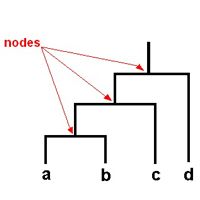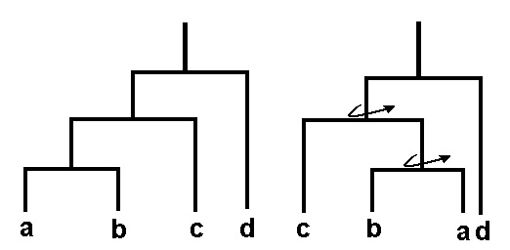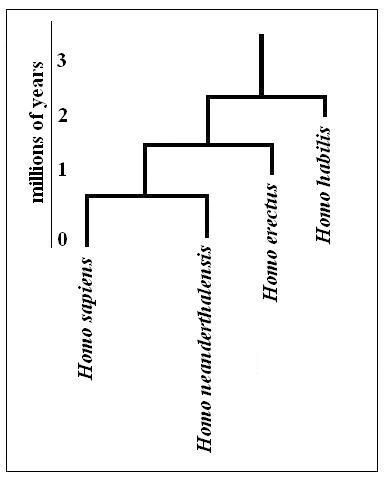My Cart
Your Shopping Cart is currently empty. Use Quick Order or Search to quickly add items to your order!
By Shana McAlexander
Product Developer

Phylogenetic trees are used to model the evolutionary relationship between groups of organisms. The 2-dimensionality of a phylogenetic tree confuses some students as to the extent of relatedness of the different organisms depicted. To help eliminate this confusion, have students create 3-dimensional trees in the form of mobiles so that the branching nodes pivot. Students can manipulate the mobile to see the relationships more clearly.
Grades 9–12
Life Science
To demonstrate how a 2-dimensional tree can sometimes be misleading, have students draw the various configurations of the tree or demonstrate them using the mobile against a flat surface. (There are 8 variations of alignment of the 4 organisms depicted, but each alignment shows the same information regarding evolutionary relationship.) Below are 2 diagrams of the same phylogenetic tree. Each node represents a divergence from a common ancestor. Letters (a–d) represent extant organisms. Organisms a and b are more closely related to each other than they are to organism c. Organism d is the outgroup and is more distantly related to the others than organisms a, b, and c are to one another. These relationships are indicated by the branching from the nodes rather than by the left–right proximity of the organisms.

For any student who has assumed that relative distance between organisms (from left to right) in the tree indicates their relatedness, the mobile demonstrates that the points of divergence (the nodes) supply that information.
